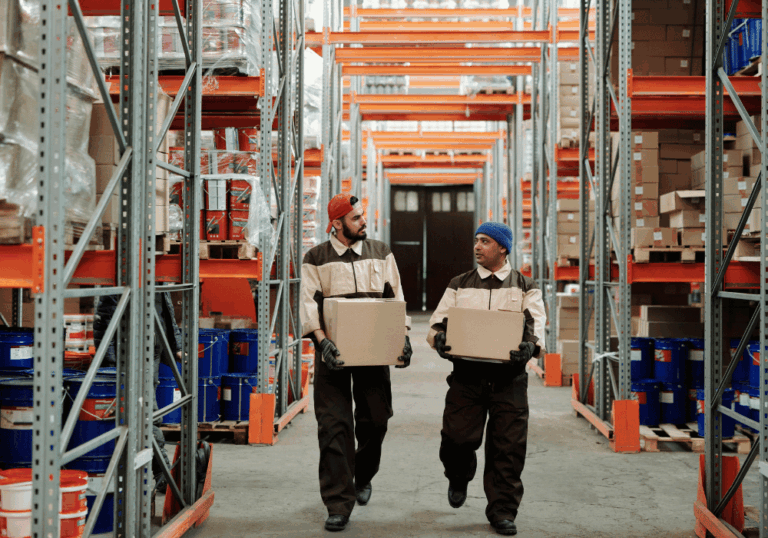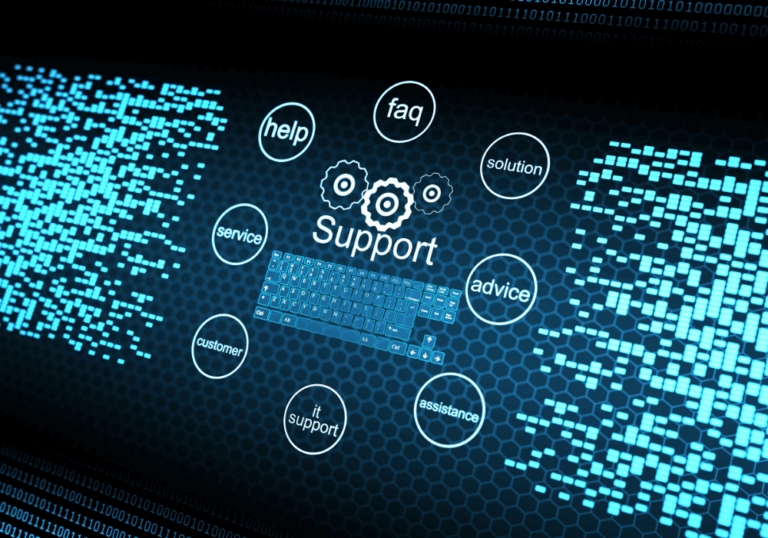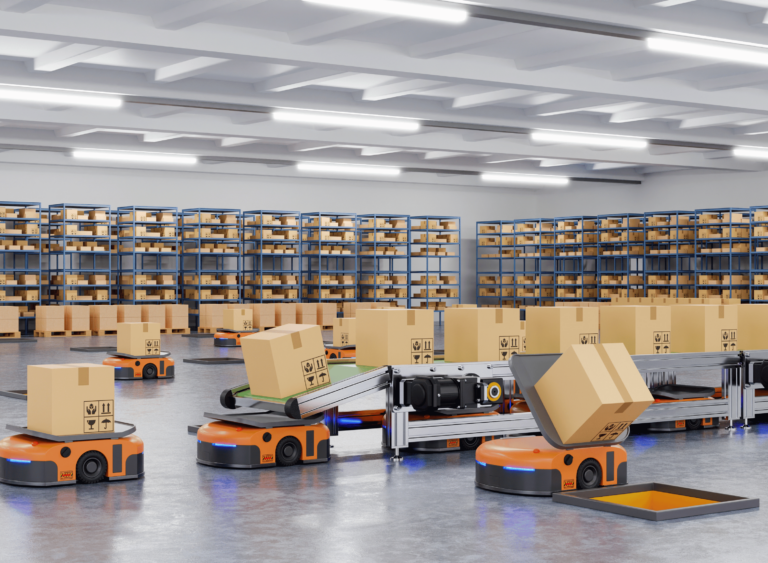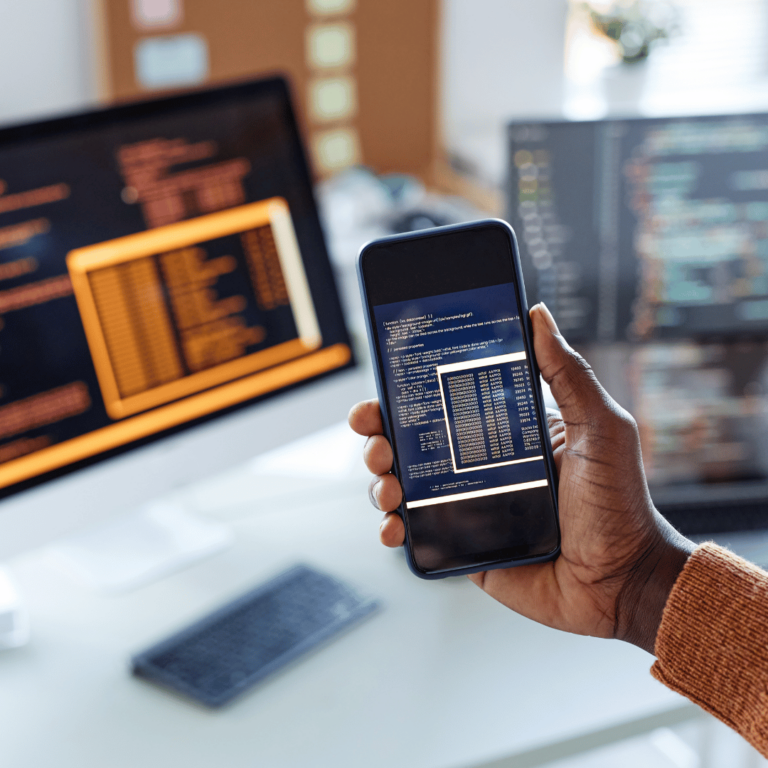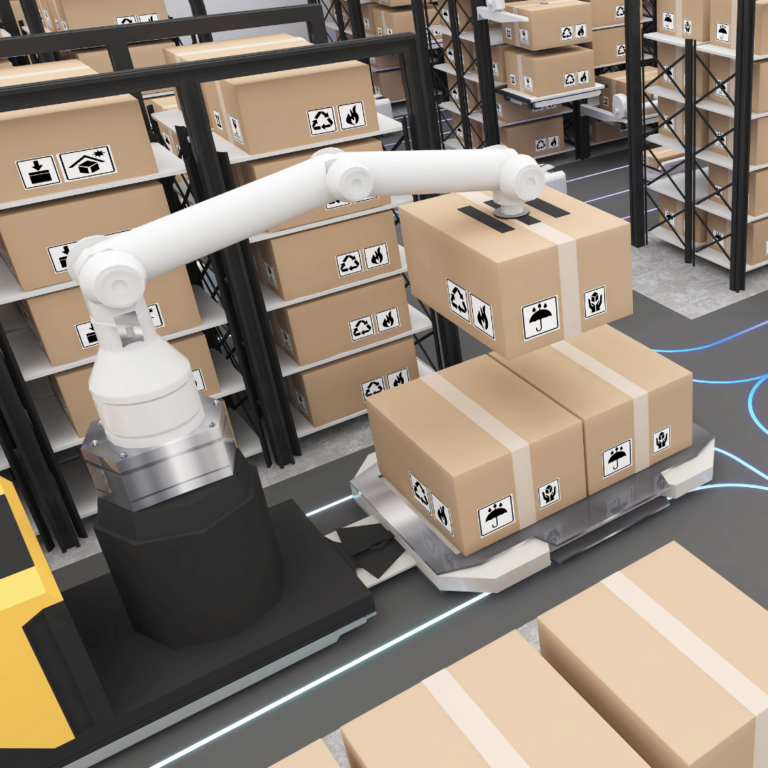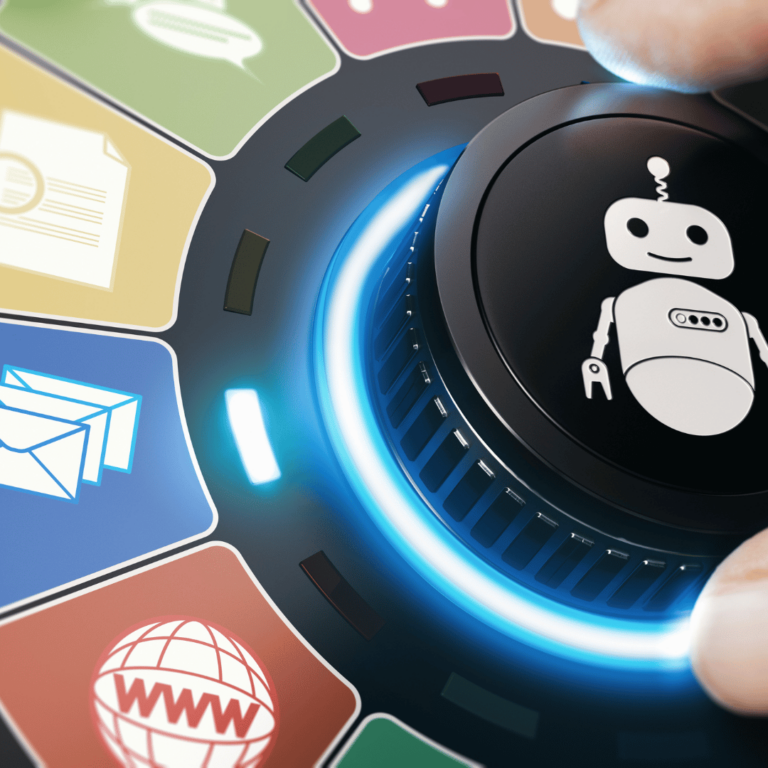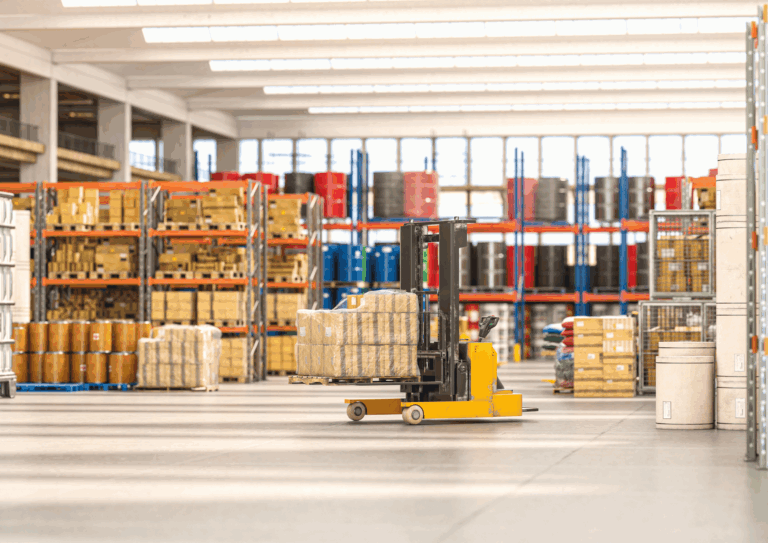AI Today: Transforming Our World in Real-Time
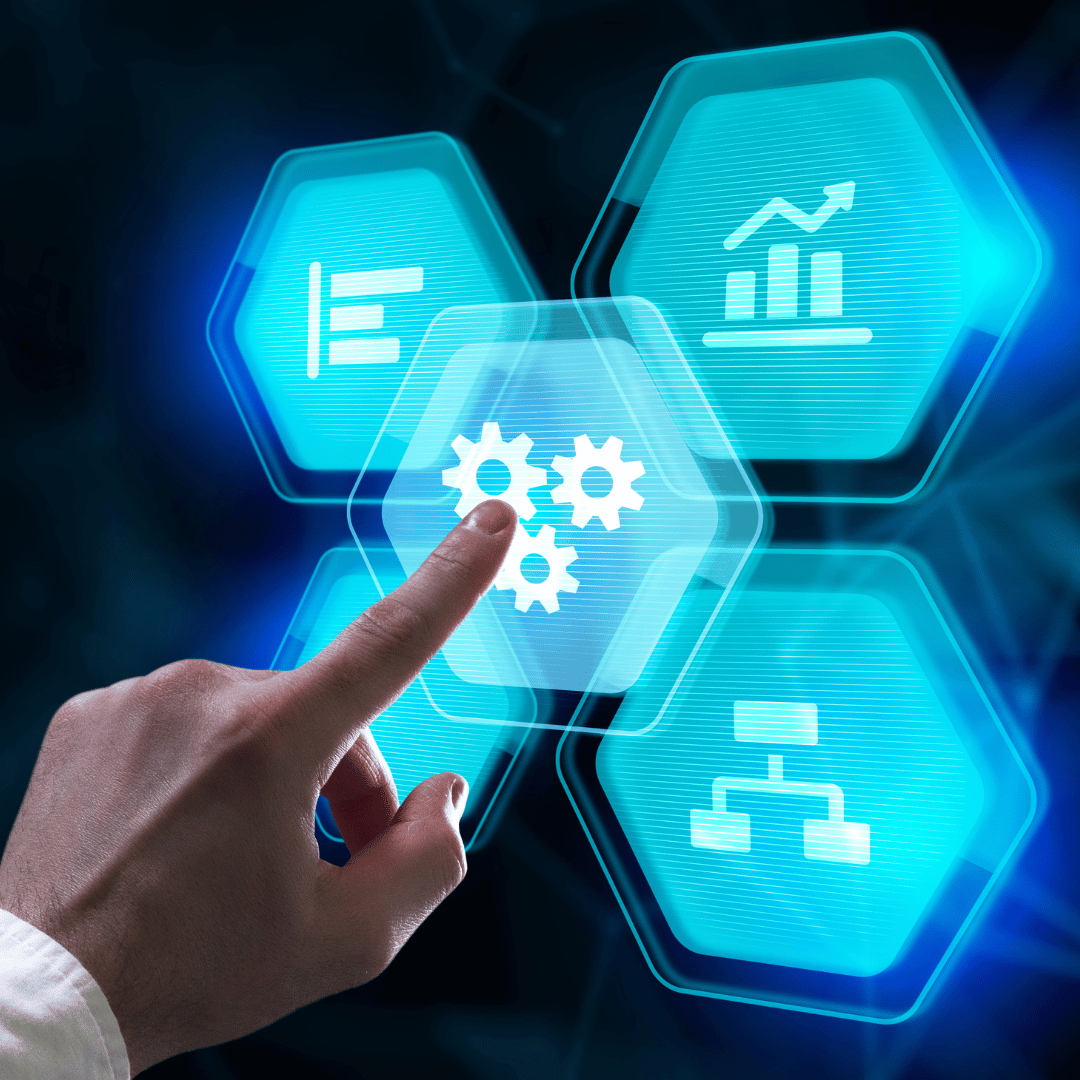
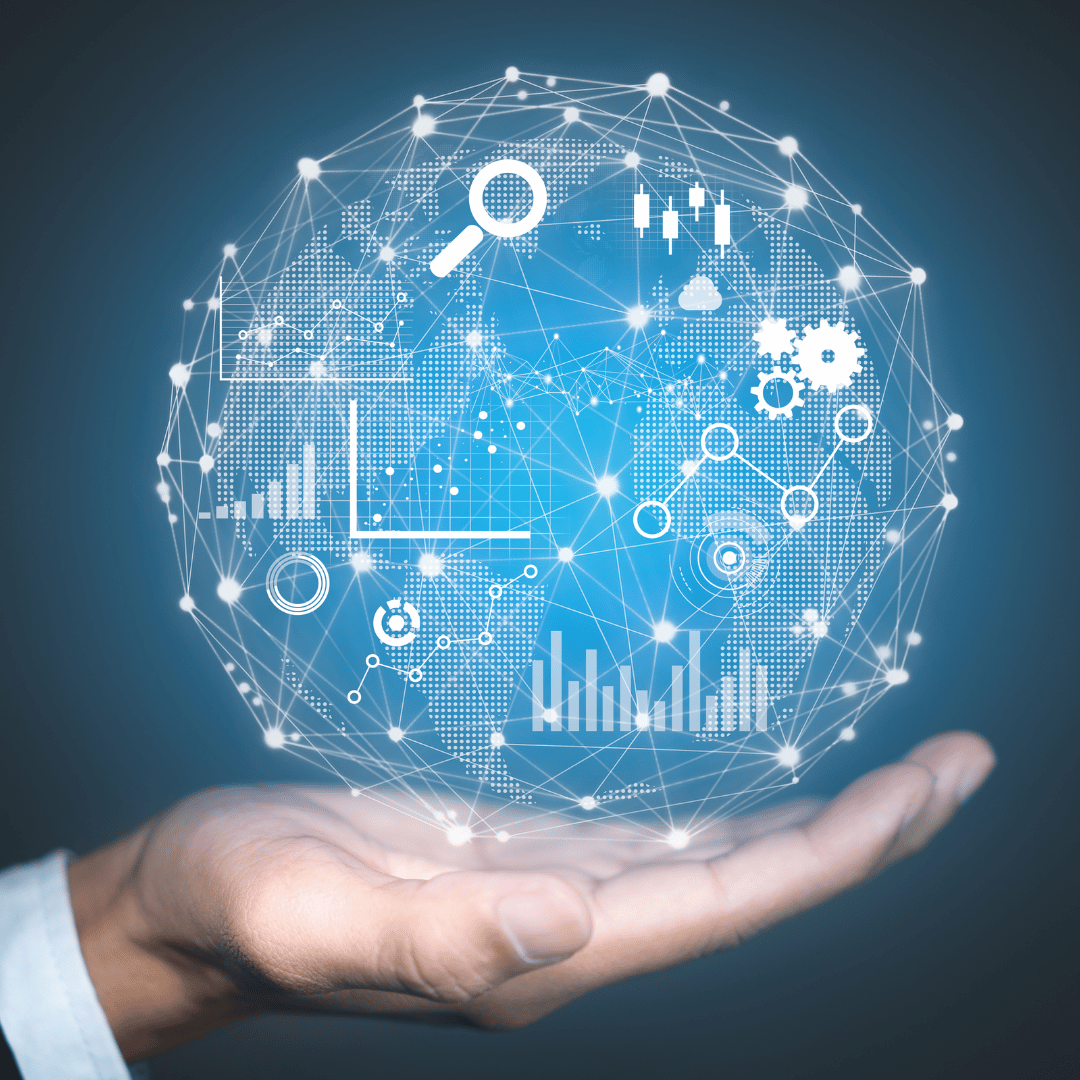
Artificial Intelligence (AI) is no longer a futuristic concept—it’s embedded in the fabric of our daily lives. From smart assistants on our phones to advanced algorithms driving innovation in medicine, finance, education, and art, AI is reshaping how we live, work, and think.
The AI Boom: Where We Are Now
Over the past few years, AI has moved from academic labs and tech giants into mainstream society. Tools like ChatGPT, Google Gemini, and Claude are now household names, demonstrating the power of large language models (LLMs) to understand and generate human language with astonishing fluency.
Visual models like OpenAI’s Sora and image generators like Midjourney and DALL·E are pushing creative boundaries, allowing users to generate stunning visual content with just a few words. AI isn’t just responding to us—it’s co-creating with us.
Key Sectors Being Transformed
1. Healthcare
AI is assisting in diagnostics, drug discovery, and personalized treatment. Algorithms can detect diseases like cancer and diabetic retinopathy with accuracy that rivals, or even exceeds, human doctors.
2. Education
AI tutors, adaptive learning systems, and tools like ChatGPT are revolutionizing how students learn and teachers teach. Lessons are becoming more personalized, accessible, and engaging.
3. Creative Industries
Artists, writers, and musicians are using AI to brainstorm ideas, edit content, and even generate entire works. The line between human and machine-made creativity continues to blur.
4. Business and Productivity
AI is radically transforming the business landscape—from solo entrepreneurs using automation tools to large enterprises deploying AI across logistics, customer service, and operations. It’s not just about doing things faster; it’s about rethinking how things are done altogether.
AI in Warehousing and Logistics
In warehouses, AI is streamlining inventory management, improving safety, and optimizing the entire supply chain. Companies like Amazon and Ocado use AI-powered robots to sort, pick, and move products with remarkable precision. These systems can predict demand spikes, reduce human error, and operate 24/7, cutting costs and increasing efficiency.
AI-driven route optimization tools are helping logistics companies deliver faster and more sustainably. Tools like ClearMetal and Project44 use machine learning to forecast shipment delays and identify the best delivery routes, reducing fuel usage and improving customer satisfaction.
AI in Customer Support
AI-powered chatbots and virtual assistants are now the front line of customer support. Tools like Zendesk AI, Intercom, and Ada handle everything from answering FAQs to routing customers to the right human agent, saving time and reducing support costs.
Even more advanced systems, like Salesforce Einstein or GPT-based support assistants, can understand tone and sentiment, summarize support tickets, and even suggest personalized solutions—freeing up human agents for more complex queries.
AI for Productivity and Automation
AI tools like Notion AI, Microsoft Copilot, and Zapier’s AI automation help workers automate repetitive tasks such as drafting emails, generating reports, scheduling meetings, or pulling insights from large data sets. Startups and SMEs, in particular, benefit from AI assistants that can serve as marketers, data analysts, and admin helpers all in one.
Even in code-heavy environments, platforms like GitHub Copilot allow developers to write better code faster, suggesting entire lines or functions in real time.
4. Smart Decision-Making
AI isn’t just reactive; it’s proactive. Business leaders now use AI-powered analytics tools like Tableau, Power BI, or Looker that interpret data trends, predict customer behavior, and help in strategic planning. These tools take in massive amounts of data and deliver actionable insights in seconds—what used to take teams of analysts days or weeks.
What’s Next?
We’re entering a phase where AI will become more personalized, more autonomous, and more deeply embedded in physical systems like robots, smart homes, and vehicles. Expect continued breakthroughs in multimodal AI—systems that can understand text, image, sound, and video together.
Conclusion: An Era of Co-Intelligence
AI today is not replacing humans—it’s augmenting us. Whether you’re a teacher, a student, a designer, a coder, or just a curious mind, AI is a tool that can enhance your abilities. The future isn’t AI or human. It’s AI with human.
Let’s use this power responsibly—and creatively.




